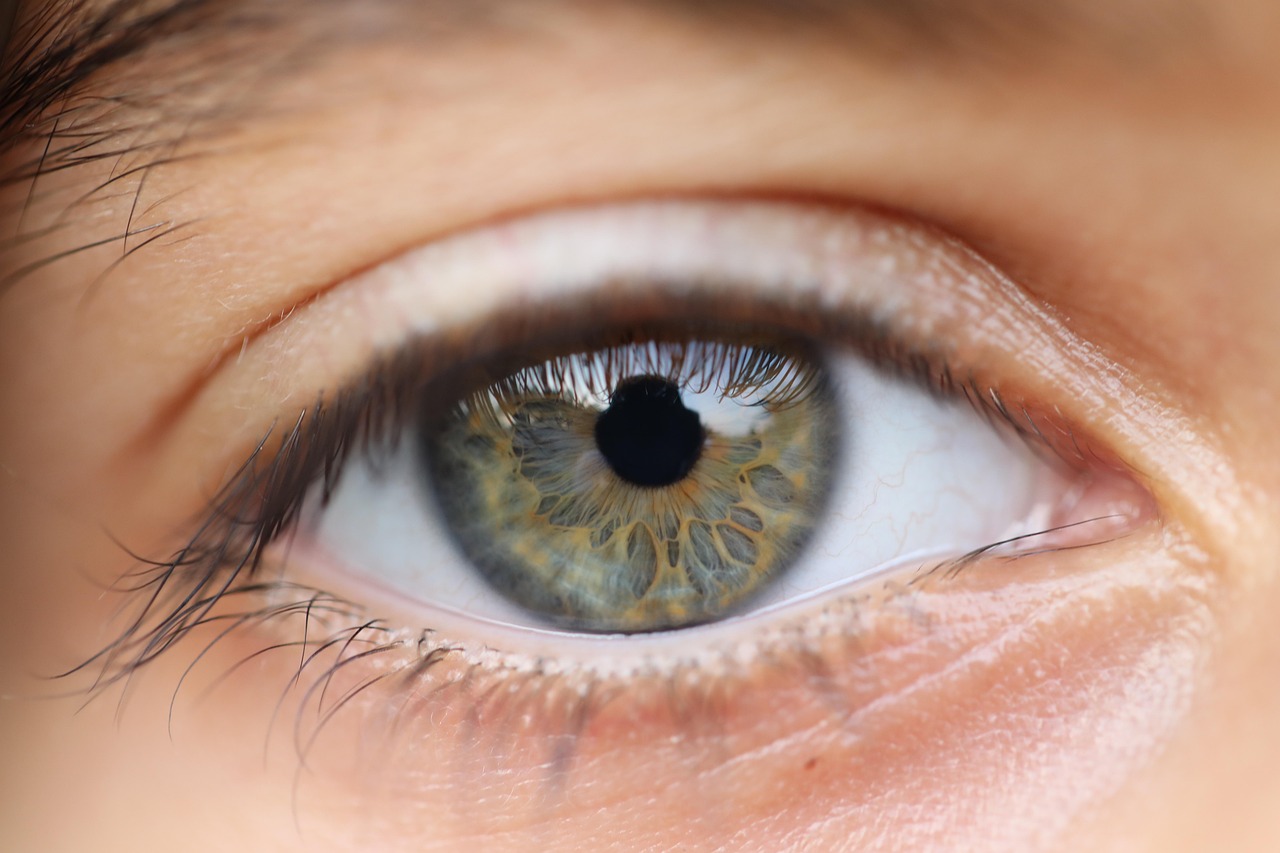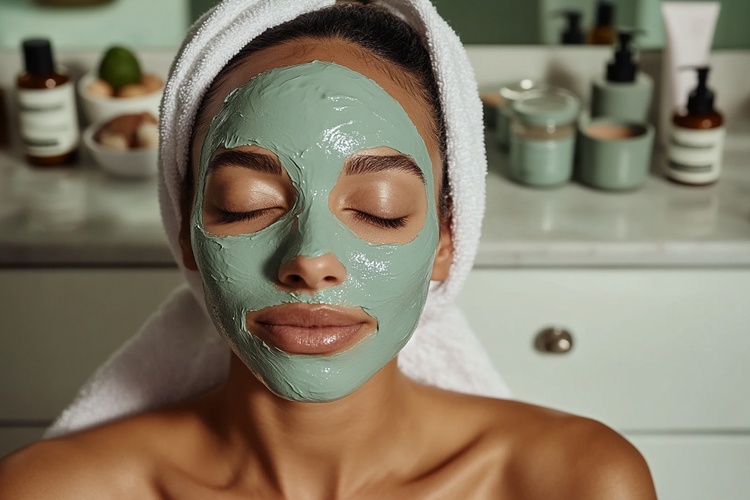Demystifying Eye Bags: Causes, Prevention, and Treatment Options
Eye bags, medically known as periorbital puffiness, are a common cosmetic concern among people of all ages. They give the face a tired, aged appearance, even when one is well-rested. While often associated with lack of sleep, several other factors contribute to their development. This article aims to unravel the mystery surrounding eye bags, discussing their causes, preventive measures, and treatment options from a dermatological perspective.

Understanding the Science Behind Eye Bags
The skin around the eyes is the thinnest and most delicate on the body. As we age, the tissues and muscles around the eyes weaken, causing fat that supports the eyes to move into the lower eyelids, creating a puffy appearance. Simultaneously, fluid may also accumulate in this space, further enhancing the puffiness.
Historically, eye bags were seen as a natural part of the aging process. However, contemporary research has revealed that they can occur due to a variety of reasons not limited to aging. Some of these factors include genetics, lifestyle habits, allergies, and diet.
A Closer Look at the Causes
Aging and Genetics
As mentioned, aging is a significant factor in the development of eye bags. As the skin loses its elasticity and the muscles supporting the eyelids weaken, fat deposits shift and settle below the eyes. This process can be accelerated by genetic predisposition, meaning if your parents or grandparents had prominent eye bags, you’re more likely to develop them too.
Lifestyle Factors
Certain lifestyle choices contribute significantly to the development of eye bags. These include smoking, which accelerates skin aging, and alcohol consumption, which dehydrates the skin, making it more prone to sagging. Lack of sleep and high-stress levels can also exacerbate the appearance of eye bags.
Diet and Allergies
Eating a diet high in sodium can cause the body to retain water, leading to fluid build-up under the eyes. Similarly, allergies can cause inflammation and swelling in the under-eye area.
Prevention: Is it Possible?
Prevention of eye bags primarily involves addressing the contributory lifestyle factors. Maintaining a balanced diet, getting adequate sleep, avoiding smoking, and limiting alcohol intake can all help slow down their development.
Additionally, using a good quality eye cream with ingredients like retinol and hyaluronic acid can improve skin elasticity and hydration, reducing the appearance of eye bags. Incorporating a gentle massage or a cold compress into your skincare routine can also help improve circulation and reduce puffiness.
Treatment Options: From Home Remedies to Medical Procedures
While prevention is better than cure, if you already have eye bags, several remedies can help reduce their appearance.
Home Remedies
Simple home remedies like placing cold tea bags, cucumber slices, or chilled spoons on the eyes can help reduce puffiness. Keeping your head elevated while sleeping can also prevent fluid accumulation under the eyes.
Dermatological Treatments
If home remedies aren’t working, you might consider exploring dermatological treatments. These range from topical creams with active ingredients like retinol and vitamin C to non-invasive procedures like chemical peels and laser resurfacing.
Cosmetic Procedures
For severe cases, surgical procedures like blepharoplasty (eyelid surgery) can be considered. This involves removing excess fat, skin, and muscle from the upper and lower eyelids to reduce puffiness and sagging.
In A Multifaceted Approach
Eye bags are a complex issue with multiple contributing factors, ranging from genetics and aging to lifestyle habits and diet. Addressing these factors through preventive measures and adopting appropriate treatment strategies can help manage their appearance. However, it’s essential to remember that everyone’s skin is unique, and what works for one person may not work for another. Consulting with a dermatologist can help tailor a plan to your specific needs, helping you put your best face forward.




